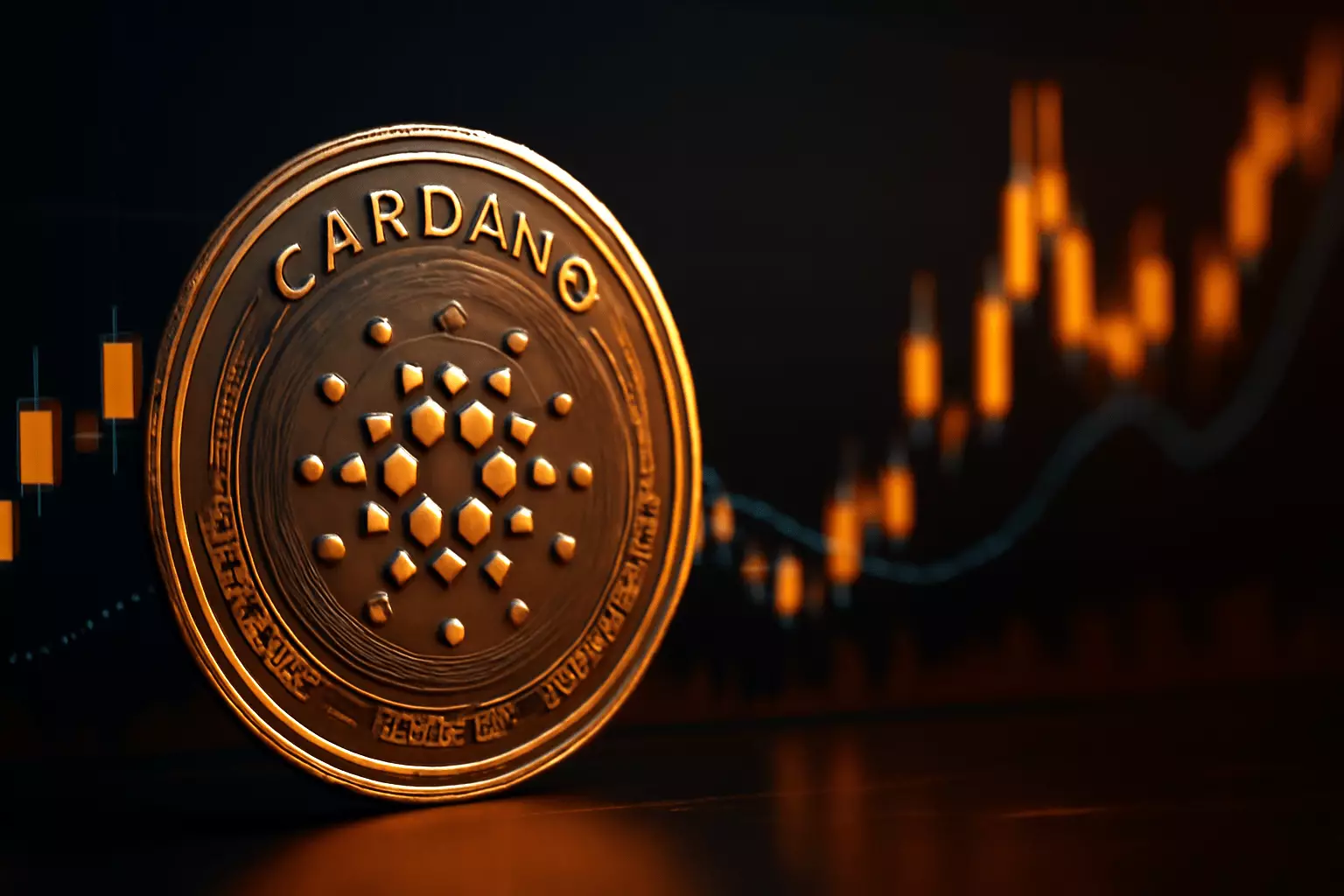Cardano, a leading cryptocurrency in the digital currency realm, is no stranger to the limelight, and current chatter about the potential for its ADA token to soar to $10 is adding another layer to its already vibrant narrative. The assertion made by Cardano staking pool operator Sssebi (@Av_Sebastian) has sparked substantial debate. He presented five pivotal developments that could catalyze this price surge from its current stance of approximately $0.70. While enticing, this claim necessitates scrutiny; each component comes with its own blend of promise and peril.
High Stakes: The BitVM Bridge Unveiling
One of the most groundbreaking announcements came from the recent Bitcoin 2025 conference held in Las Vegas, where Input Output (IO) showcased the migration of a Bitcoin Ordinal using a new BitVM-based bridge to Cardano. This represents more than just a technical achievement; it serves as a glimpse into the future of interoperability between major cryptocurrencies. The projected “Cardinal” protocol aims to bring Bitcoin liquidity into Cardano’s ecosystem, allowing BTC holders to lend, borrow, and stake without the traditional reliance on wrapped tokens. However, the ambitious goal of positioning itself as a substantial liquidity layer for the burgeoning $1 trillion BTCFi market, while attractive, begs the question: can Cardano deliver on such grand promises without facing regulatory and technical hurdles?
Tokenomics and the Midnight Sidechain
Charles Hoskinson, the dynamic founder of Cardano, recently expressed his excitement about his privacy-focused sidechain called Midnight. During his talk at Consensus 2025 in Toronto, he announced a groundbreaking airdrop intended to reach around 37 million wallets across multiple blockchains—an initiative poised to double the project’s active wallets. This strategy could drive an influx of users and transactions to Cardano. However, we must approach this with tempered optimism. A massive airdrop could easily lead to dilution of value unless managed carefully, and without strategic initiatives to keep users engaged post-airdrop, this momentum may dissipate just as quickly as it arises.
The ETF Application: A Double-Edged Sword
In the world of crypto, the prospect of a spot ETF conversion is exhilarating and fraught with uncertainty. In February, NYSE Arca’s proposal aiming to transform the Grayscale Cardano Trust profoundly highlights this duality. As regulatory bodies, particularly the Securities and Exchange Commission (SEC), begin to address such applications more earnestly, one can imagine the winds of change rustling through market sentiments. Grayscale’s emphasis that ADA’s fundamentals make it resistant to manipulation reflects a growing appetite for regulatory legitimacy. Yet, the skepticism surrounding the SEC’s proclivities and their timeline raises a crucial question: will Cardano’s optimism turn into reality, or will bureaucratic inertia stymie what could be a monumental shift?
Strategic Moves by Government: A Mixed Blessing
The political landscape is also shaping Cardano’s fate, especially following President Donald Trump’s executive order creating a Strategic Bitcoin Reserve. The mention of ADA, alongside other cryptocurrencies, has sparked a surge in interest and trading activity. Yet, we must refrain from blindly celebrating these developments. The government’s involvement can be a double-edged sword; while it provides legitimacy, it could also usher in stricter regulations that may stifle innovation. The imperative for investors is to discern how these changes may affect their long-term strategies, particularly in an era when regulatory guidance is still evolving.
Innovation at the Helm: Leios and the Future of Transactions
As Cardano moves closer to its innovative upgrade dubbed Leios, which claims to introduce unprecedented scalability, many are keen to see if these promises come to fruition. The notion of achieving tens of thousands of transactions per second without compromising decentralization is ambitious and could radically alter Cardano’s position within the competitive crypto market landscape. Yet, just like previous innovations, the critical test lies not only in their theoretical success but also in their practical implementation and subsequent adoption rates.
The Market’s Pulse: Valuation and Viability
Currently, ADA’s trading position, sitting near $0.70, translates to a market capitalization hovering around $25 billion. The prospect of it reaching a valuation close to $350 billion—not to mention challenging Ethereum’s peak—raises eyebrows and ambitions alike. However, it requires a sustained trajectory of strong developments and user adoption to transform speculative dreams into solid market capital. If Cardano’s journey unfolds as envisioned, then perhaps the vision of a $10 ADA is more plausible than it appears. Yet, skepticism is essential; after all, the cryptocurrency landscape is as volatile as it is transformative, and potential must translate into performance for any price targets to materialize.

